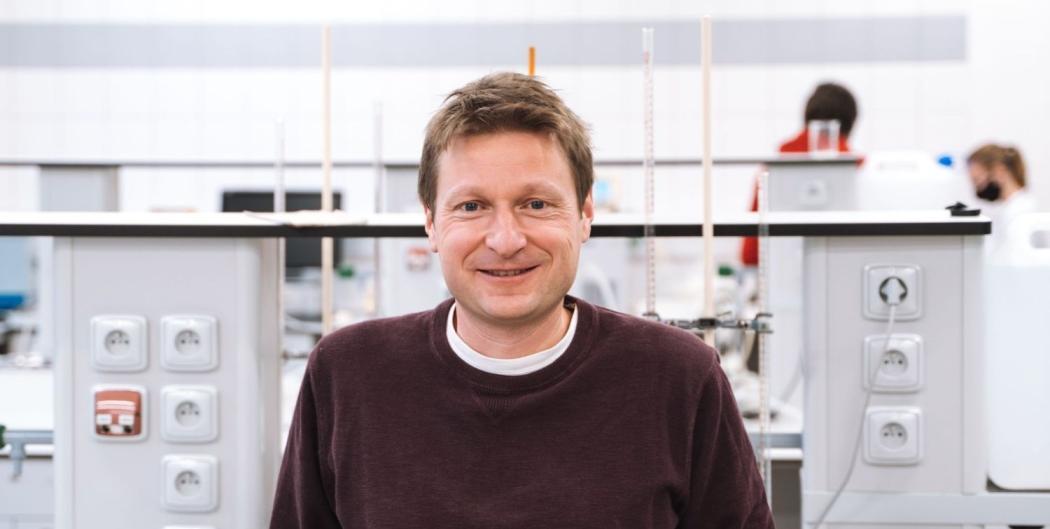
Publication in Nature Communications
The interaction of high-energy radiation with water generates particles and slow electrons in living organisms, which subsequently damage other molecules such as DNA. Professor Petr Slavíček, together with his bachelor’s student Jakub Dubský (both from the University of Chemistry and Technology, Prague), has now provided a detailed description of one of the recently identified mechanisms of slow-electron formation in water – the so-called Intermolecular Coulombic Decay (ICD).
Their mathematical model successfully explained all the data from laser experiments performed at ETH Zurich. The results of their work have been published in Nature Communications.
A deeper understanding of processes in aqueous solutions, combined with advances in research technologies employing high-energy radiation, is fundamentally changing our view of radiation chemistry. This progress may in the future bring significant benefits in various fields, including medicine, particularly by enabling more sensitive and better-controlled use of devices based on ionizing radiation.
The intermolecular Coulombic decay (ICD) phenomenon was first demonstrated experimentally about 15 years ago, yet all previous experiments had been carried out only on isolated molecules or tiny water clusters. Slavíček’s team has now investigated and explained ICD in bulk (real) water.
“Our model predicts all the data that can be measured in demanding experiments. This means we can trust it even where instruments cannot yet reach, allowing us to explain what happens in solution when it is exposed to high-energy radiation,” says Prof. Slavíček.
Besides clarifying the mechanism itself, the measurements performed at ETH Zurich were entirely new.
“Measuring the electrons emitted during ICD in solution is extremely challenging because, unlike in the gas phase, the electron typically remains inside the liquid and does not escape. Very few people can extract from the data what is really happening inside,” Prof. Slavíček notes in appreciation of his colleagues.
The stochastic model is based on quantum-mechanical inputs, which can be computed within a reasonable time only for limited systems — typically individual water molecules or their small clusters. These inputs, combined with the experimental data, were then developed within probabilistic models, yielding an overall picture of the ICD process.
Stochastic models in general include several random components and thus better approximate real phenomena, where stochasticity is usually present. The results therefore do not match reality with absolute precision but always with a certain probability.
The author of the published stochastic model is Jakub Dubský, a young student who has just completed his bachelor’s degree at UCT Prague and is preparing to continue with his master’s studies at the University of Oxford.
“It is remarkable when a beginning student delivers work at the level of a doctoral candidate in the form of a real, functional product that brings entirely new insight,” says Prof. Slavíček.







